The healthcare industry has undergone a significant transformation in recent years, thanks to the widespread adoption of cloud technology. Cloud computing has revolutionized the way healthcare organizations store, manage, and process data, providing cost-effective, scalable, and efficient solutions. However, with this transformation comes the challenge of ensuring that cloud environments comply with strict regulatory standards, particularly those that govern the handling of sensitive health information.
In the United States, the Health Insurance Portability and Accountability Act (HIPAA) serves as the primary regulation governing the security and privacy of protected health information (PHI). Ensuring compliance with HIPAA and other healthcare-specific regulations when transitioning to the cloud is critical for protecting patient data, avoiding costly penalties, and maintaining the trust of patients and stakeholders.
In this blog, we will explore the importance of ensuring regulatory compliance during healthcare cloud adoption, the key healthcare regulations you need to consider, and best practices for maintaining secure cloud environments.
The Importance of Compliance in Healthcare Cloud Adoption
Healthcare organizations handle large volumes of sensitive data, including medical records, billing, and insurance details. While cloud adoption offers benefits like cost savings and scalability, it also introduces risks related to data security and privacy. Protecting patient information in compliance with regulations like HIPAA is critical, not only to meet legal requirements but to maintain patient trust. Failure to do so can result in data breaches, legal penalties, and reputational damage. Both healthcare organizations and their cloud service providers (CSPs) share responsibility in ensuring compliance, making vigilance essential for secure and compliant cloud environments.
Key Healthcare Regulations to Consider
When transitioning to the cloud, it’s essential to be aware of the primary regulations governing healthcare data and how they apply to cloud services. The following regulations should be top of mind:
1. HIPAA (Health Insurance Portability and Accountability Act)
HIPAA ensures the privacy and security of health information. It has two main parts:
- Privacy Rule: Controls how PHI is used and shared.
- Security Rule: Sets standards for protecting electronic PHI (ePHI).
Healthcare organizations must also sign Business Associate Agreements (BAAs) with cloud providers to ensure compliance.
2. HITECH (Health Information Technology for Economic and Clinical Health Act)
HITECH complements HIPAA by promoting the adoption of electronic health records (EHRs) in healthcare. It incentivizes EHR adoption and imposes stricter penalties for HIPAA violations, including higher fines for breaches of electronic protected health information (ePHI).
3. GDPR (General Data Protection Regulation)
GDPR applies to healthcare organizations handling data from EU residents, enforcing strict rules on data protection. For those serving both US and EU patients, compliance with both HIPAA and GDPR is essential, requiring robust security, regular audits, and explicit consent for data processing.
4. State-Specific Regulations
Healthcare organizations must also follow state laws on data privacy, like the California Consumer Privacy Act (CCPA), which provides extra protections beyond HIPAA.
Best Practices for Maintaining Regulatory Compliance in Healthcare Cloud Environments
Adopting the cloud in healthcare is not without its challenges, particularly when it comes to regulatory compliance. However, by following best practices, healthcare organizations can mitigate the risks and ensure that their cloud environments remain secure and compliant. Here are some key best practices for maintaining regulatory compliance:
1. Choose a HIPAA-Compliant Cloud Service Provider
Not all cloud providers are equipped to handle healthcare data securely or in compliance with HIPAA. It’s essential to select a cloud service provider (CSP) that offers HIPAA-compliant services and is willing to sign a Business Associate Agreement (BAA).
When evaluating potential CSPs, consider the following:
- Data Encryption: Ensure that the CSP provides robust encryption for data at rest and in transit.
- Access Controls: The provider should offer granular access control mechanisms, allowing healthcare organizations to define who has access to sensitive data.
- Audit Trails: The CSP should provide detailed logging and monitoring capabilities to track user activity and detect any unauthorized access.
- Disaster Recovery: Ensure that the CSP offers a disaster recovery plan to protect against data loss or system failures.
2. Implement Data Encryption
Encrypt healthcare data both at rest and in transit using strong algorithms like AES-256. Ensure proper key management and that your cloud provider offers end-to-end encryption for full protection.
3. Conduct Regular Security Audits and Risk Assessments
Regular security audits and risk assessments help identify vulnerabilities, ensuring systems, applications, and data stay secure and compliant. Audits should cover:
- Data Security: Evaluate the effectiveness of data protection measures, including encryption, access controls, and monitoring.
- Compliance Checks: Ensure that the cloud provider is fulfilling its obligations under the BAA and that all security controls meet HIPAA, HITECH, and other applicable regulations.
- Incident Response: Review the cloud provider’s incident response plan to ensure that it is capable of addressing any potential data breaches.
4. Implement Access Control and Authentication Mechanisms
Access control is vital for protecting healthcare data. Use multi-factor authentication (MFA) and limit access based on the principle of least privilege. Regularly review and revoke unnecessary permissions.
5. Ensure Proper Data Backup and Disaster Recovery Plans
Healthcare organizations need strong backup and disaster recovery plans. Cloud providers should offer automated backups and quick data restoration. Regular testing ensures fast recovery of critical systems.
6. Stay Updated on Regulatory Changes
Healthcare regulations like HIPAA and GDPR evolve constantly. Organizations must stay updated on changes and adjust cloud strategies to maintain compliance.
Conclusion
Adopting cloud technology in healthcare comes with unique challenges, particularly in ensuring data security and regulatory compliance. From protecting sensitive patient information to meeting strict standards such as HIPAA and GDPR, healthcare organizations must implement strong security measures to safeguard their cloud environments. However, achieving this requires both technical expertise and a deep understanding of the healthcare landscape.
This is where Focaloid can help. As a trusted IT services provider, we offer extensive expertise in cloud solutions, security frameworks, and regulatory compliance. Our team supports healthcare organizations at every stage of cloud adoption, ensuring their systems are secure, scalable, and fully compliant.
Focaloid assists healthcare providers in selecting the right cloud infrastructure, implementing robust data protection strategies, and maintaining compliance with industry regulations. Our services include developing customized security protocols, conducting regular audits, and performing risk assessments to help organizations safeguard patient data while optimizing cloud performance.
With Focaloid as a partner, healthcare organizations can confidently navigate cloud adoption, knowing they are meeting compliance requirements and maintaining the highest standards of security. This allows them to focus on their core mission—delivering quality patient care—while we handle the complexities of cloud security and compliance.

